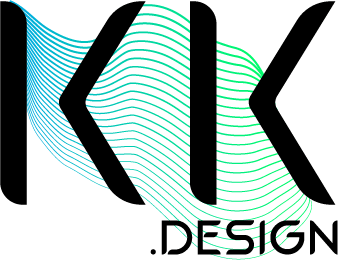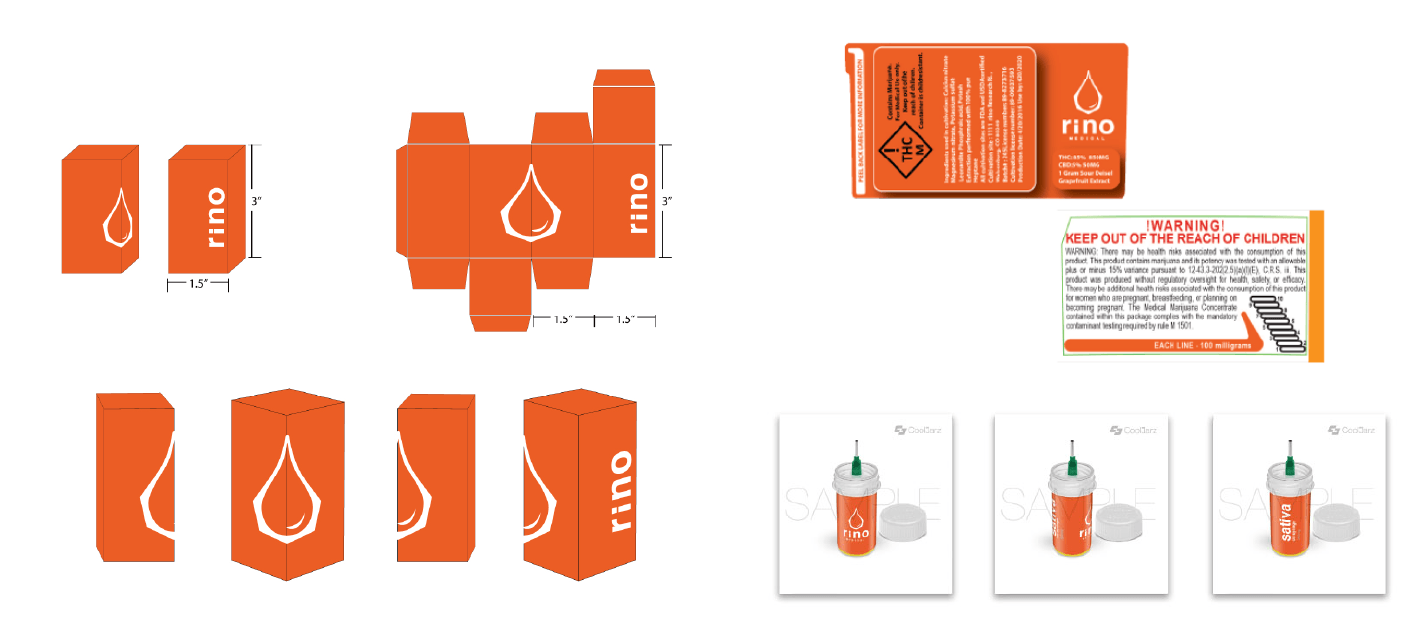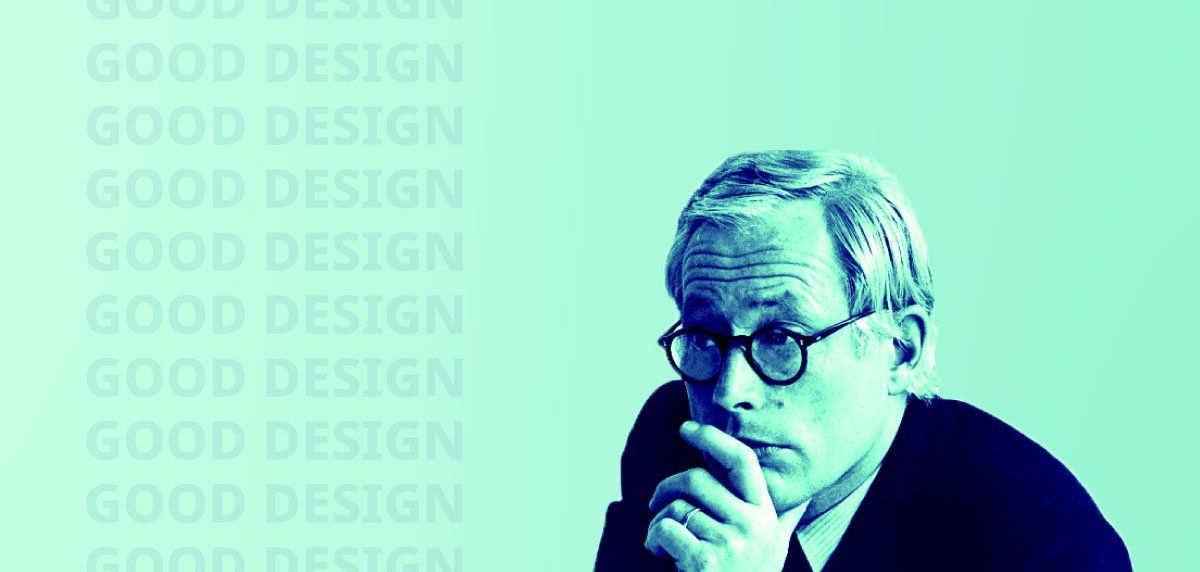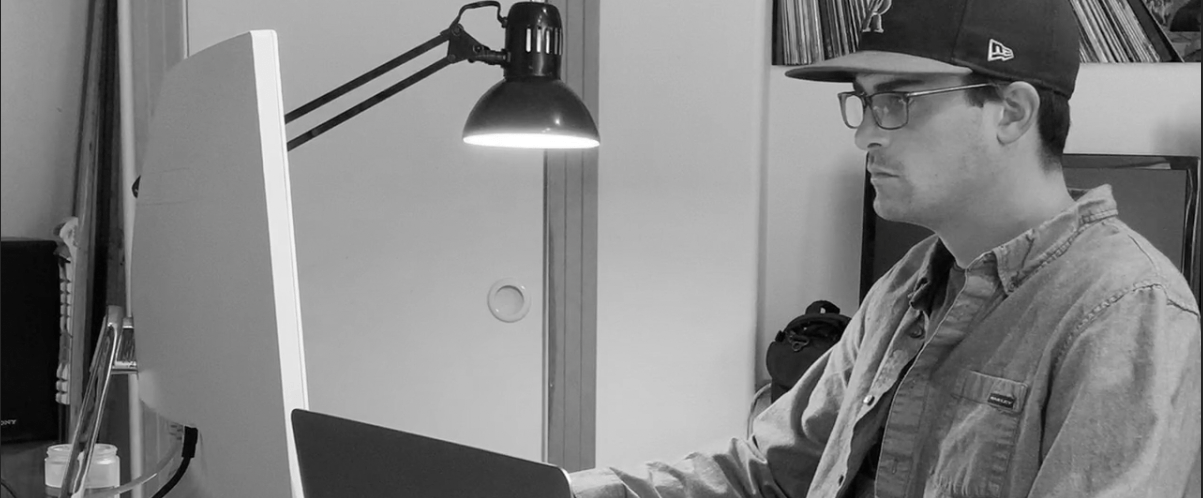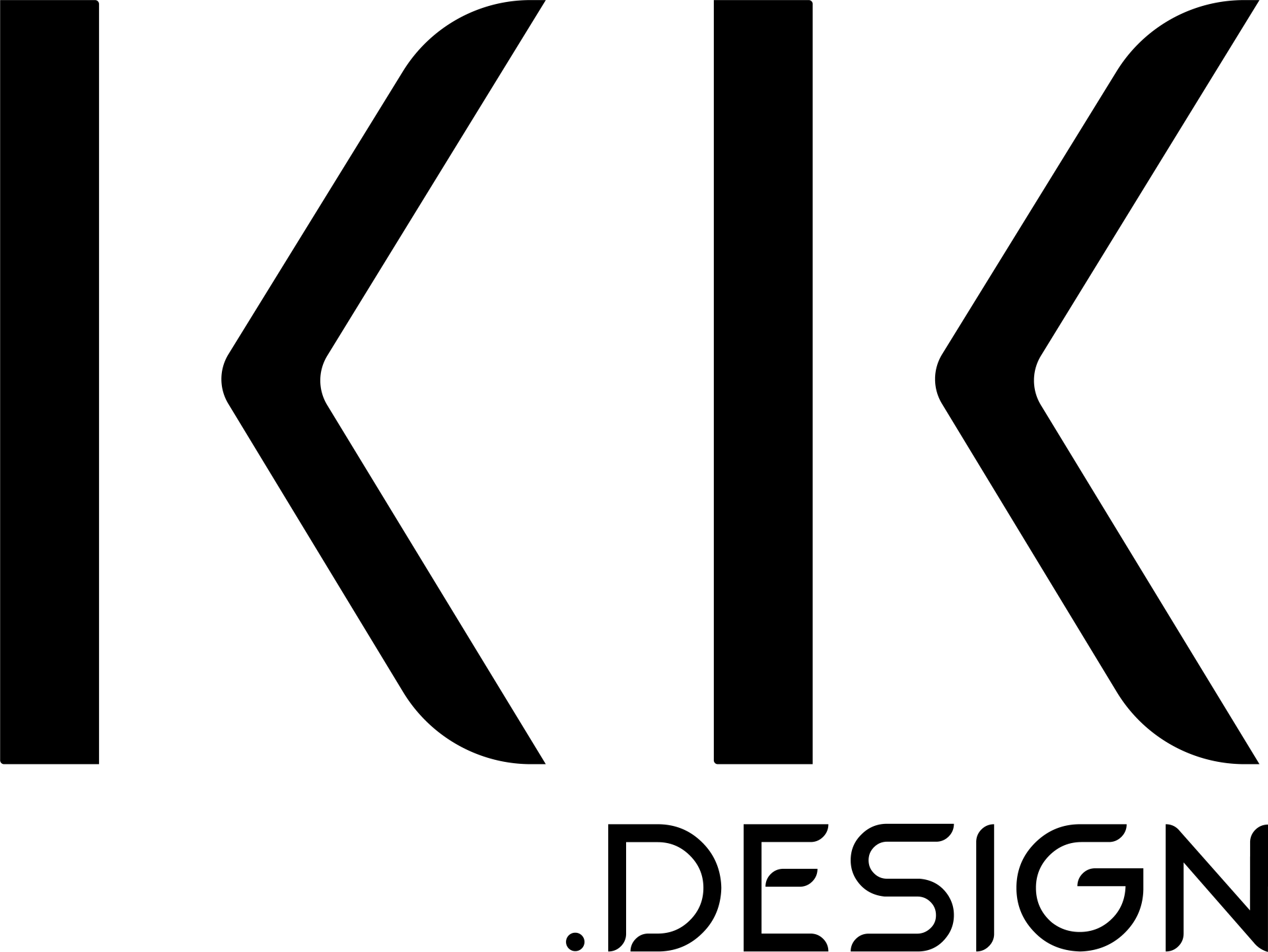Stage 2 | Writing on rails - table of contents + outline on ya’ calendar.
A crucial part to keeping this project on the rails is outlining your end goals to keep you motivated, creating a table of contents with an outline as well as setting up your editorial calendar. It's a few simple yet effective and efficient way to be disciplined about writing something meaningful. First, we’ll discuss what a goal for this type of project looks like.
Goals work best when set high and with specificity.
Defining your overall goal with a blog to book project goes hand-in-hand with the last stage of defining subject matter and target audience. Think about your real goal with this project because it will end up taking a good chunk of time to complete, so defining an ideal outcome is only logical.
One person’s goal might be, “Complete the book project within 3 months and use it to make 4-5 new business connections via the content and promotion”
Another person’s goal might be a little more lofty, “Complete the book within 1 year, self-publish and promote to larger publishers, sell at least 15K copies digitally and 10K copies in print within the next 4 years.”
Take this goal as far as you want to take it. There’s not really a limit and from what I know about the law of attraction, writing some crazy goals helps you get somewhere! Imagine what you could do with the book and take it there. If it flops, you’ve just had a great practice round to start on the next one. Just keep criticism at the forefront of your adjustments and keep moving in the direction you want to take this thing. You’ll get there if you put in the work!
On that note - I highly suggest reading or listening to the book The War of Art by Stephen Pressfield teaches some incredible thinking about resistance when it comes to writing and producing artwork. This is one audiobook that I listen to regularly. The tone of voice of the book, along with Mr. Pressfield’s actual voice narrating the audiobook provides some thoughtful ass kicking for your brain, and your ego.
The book The War of Art is kind of like your grandpa teaching you, but also whipping your ass into shape in the process.
Here's a link to buy the book - I can't explain how helpful this will be in the long run!
Create a Table of contents; or your project turns to mush.
Yes, that is a threat. It shall be turned to mush! A table of contents is really the bones of your whole project. Without it, the project melts into a blob of unstructured work. To start, think about breaking down your subject matter into the structure of a conversation where the other person has no idea what you’re talking about. There are often important details that might be obvious to you as the expert, so this perspective can help you really think through each subject in a sequential order that makes sense from a new perspective. There may be a handful of main topics that emerge, and you might decide on some subtopics for each. Simple ideas can be made complicated if you break it down more than you need to, so keep it simple. Don't try to explain too much in too little space.
This is also when you start to gauge the length of your book - how long do you need this thing to be to thoroughly explain what you need to? Imagine a minimum and a maximum, but remember this is an evolving process, so nothing is set in stone. Deciding how you want to break out the information into chunks is the important part.
A big factor that could help in deciding the length of the book is considering the time investment. For my project I first aimed to write one chapter per month, but later shortened it to one chapter per week. That's easily achievable with my workload right now. And way I can knock it all out in about one month. One chapter usually takes me two 1-2 hour work sessions. The first session I’ll write a quick but thorough rough draft.. Second session I read it and add/edit things as well as add any external links in the text, add large quotes to break things up and other visuals to go with the writing.
Thinking too much about one idea gets you “in the weeds” with it, so breaking up the writing process and allowing a few days in between sessions allows you to gain a fresh perspective.
Time to recall those ol’ highschool writing techniques.
Oh yea - you remember - topic sentence first, then a couple of development sentences. Next comes an example, like evidence or data to support your claim. And lastly the summary. This structure is crucial to the organization of writing because it reverse engineers the reader’s psychology. It also helps you write a single paragraph at a time, while giving it an underlying structure for the reader to understand. Like I said in the last stage, no one reads gibberish!
Writing itself can be made very simple when you break it down using highschool level techniques. There’s a common fear of writing - “I can’t write!” Is one of the most common misconceptions many people have. We often imagine writing the entire manuscript of the book as one single, monumental task. This is precisely why I’m writing this blog to book - to write using a structured set of steps, and to help others in the process. I have a lot of ideas, but unless they’re put into an understandable structure, no one is going to catch on.
I’ll repeat it for the ones in the back -
No. One. Reads. Gibberish!! So use some structure.
“In limits, there is freedom. Creativity thrives within structure.” - Julia Cameron
Don’t color out (side the) line.
An outline is an elaboration on your table of contents. In an ideal world, your table of contents correlates perfectly to the first sentence in each section of the outline. Topic sentences shape the ideas for readers to grasp, and the outline shapes the subjects after each topic sentence. The outline should be a short note on each of the ideas you want to be sure to cover under each topic sentence.
Topic Sentence
Idea 1
Idea 2
Evidence / Data / Statistics
Summary
Repeat this for each idea and you’ll have a pretty good start on developing some writing that flows well!
In conclusion
This is basic stuff and I’m no expert in writing, but this gives you somewhere to start or at least stirs up old memories on how to write. Setting some goals, creating a table of contents and lining up your calendar are the last few steps before you start writing. I’m sure there are many ideas coming to mind, ready to escape and live on the page! Next step is to start writing and publishing content. I’ll go over some tactics to extract key points to turn into social posts and what that process looks like. Keep your outline top of mind and keep the ideas flowing in the meantime!
Share this post:

Thanks for Reading
I'm Kevin Kimmell, Purpose-driven Creative Director and Digital Artist. My goal is to use design to help impactful businesses who are making the world a better place.
